Making a fruit smoothie isn’t just a fun and easy way to get your daily dose of vitamins and fiber—it’s also an opportunity to experiment with flavors, textures, and nutrients. Whether you’re looking to fuel up before a workout, make a quick breakfast, or indulge in a healthy snack, a smoothie can be a versatile choice. But like everything in life, there are a few things to consider to get the best results. This guide will walk you through the essentials, backed by research, and even offer some tips to ensure your smoothie is as healthy and tasty as possible.
1. Why Make a Fruit Smoothie?
Fruit smoothies offer a simple and efficient way to incorporate more fruits and vegetables into your diet. According to the Harvard T.H. Chan School of Public Health, consuming more fruits and vegetables is linked to a reduced risk of chronic diseases, such as heart disease, stroke, and certain cancers. A smoothie can be a quick fix for those who struggle to meet the recommended daily servings of fruits and vegetables.
Moreover, blending fruit helps to break down the fiber, making it easier for your body to absorb nutrients. The smooth texture also makes it a good option for those with digestive issues or individuals recovering from illness.
2. The Basic Ingredients
A typical fruit smoothie requires three basic components:
- Fruits: Choose fresh or frozen fruits that are in season or available at your local store. Some popular options include:
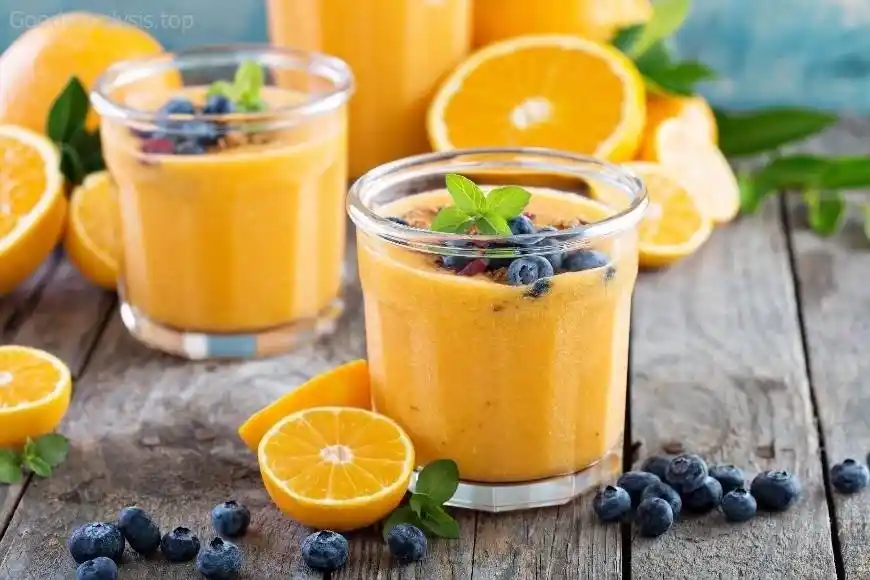
- Bananas: Rich in potassium, great for texture.
- Berries (strawberries, blueberries, raspberries): High in antioxidants and vitamin C.
- Apples or pears: Good for fiber and a bit of sweetness.
- Tropical fruits like mango, pineapple, or papaya: Bring a refreshing and vibrant flavor.
- Liquid Base: To blend the fruits smoothly, you need a liquid. Options include:
- Water: Low-calorie, neutral, and hydrating.
- Milk or dairy alternatives (almond, soy, oat milk): Adds creaminess and nutrients.
- Coconut water: A refreshing option that provides electrolytes.
- Fruit juices: Be cautious with juice, as it can add a lot of sugar without the fiber.
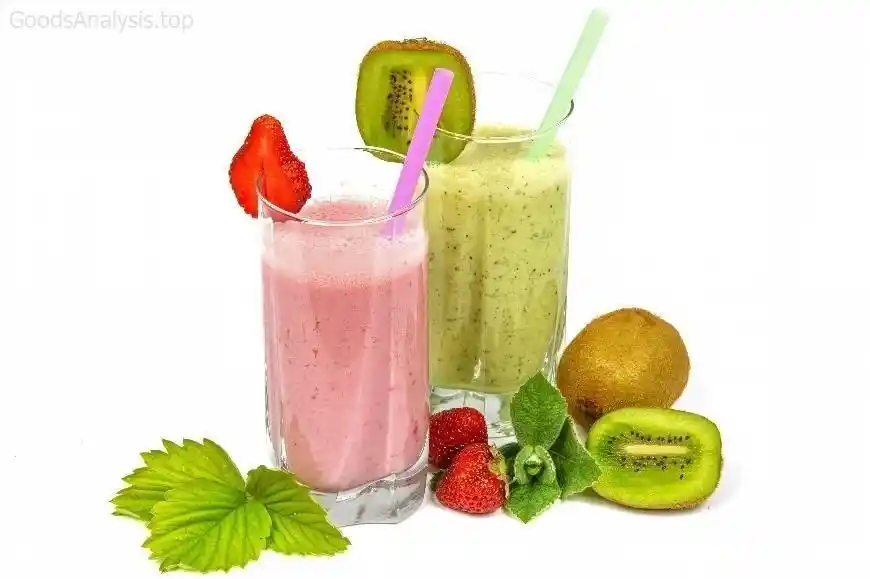
- Add-ins: These are optional ingredients that can boost the nutritional profile or flavor of your smoothie.
- Proteins: Greek yogurt, protein powder, or nuts and seeds like chia, flax, or hemp.
- Superfoods: Spirulina, matcha, or cacao powder.
- Healthy Fats: Avocado, nut butters (peanut, almond), or coconut oil.
- Sweeteners: A small amount of honey, agave, or maple syrup can enhance sweetness. (But keep this to a minimum to avoid excessive sugar intake.)
3. The Science of Blending: Nutrients and Benefits
Fruits are packed with vitamins, minerals, and fiber, and blending them helps retain many of these nutrients. However, the blending process can also alter the glycemic index of the fruits. For example, blending a banana turns it into a quicker-digesting carbohydrate compared to eating it whole. This can be beneficial if you need a quick energy boost, but not ideal for people with blood sugar issues like diabetes.
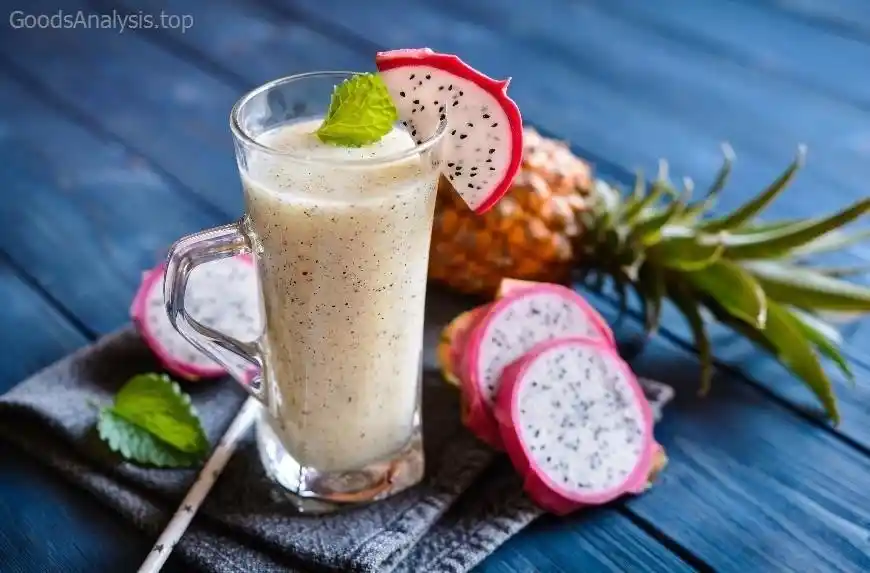
It’s important to balance the sugar content of your smoothie by adding healthy fats and proteins, which will help slow the release of sugar into your bloodstream. This can help prevent the post-smoothie sugar crash, keeping you feeling full and satisfied longer.
Additionally, some studies suggest that smoothies can help with weight management. According to research published in the journal Obesity, people who consumed smoothies as part of a calorie-controlled diet showed better weight loss results compared to those who consumed whole foods alone. However, portion control is crucial, as it’s easy to overconsume calories if your smoothie is too large or packed with high-calorie ingredients.
4. Potential Pitfalls to Watch Out For
While fruit smoothies can be an excellent part of a balanced diet, there are a few common pitfalls to be mindful of:
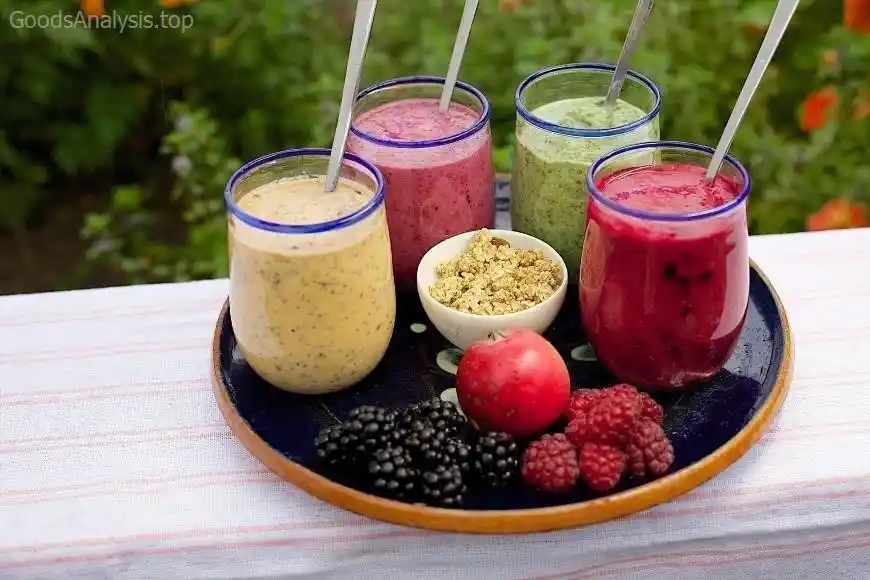
- Excessive Sugar Content: Many store-bought smoothies or smoothie mixes contain added sugars. Even homemade smoothies can become sugary if you use too much fruit juice or add too many sweeteners. Always try to stick with whole fruits and limit added sugar.
- Caloric Overload: Smoothies can quickly become calorie-dense if you’re adding a lot of high-fat or high-calorie ingredients, such as nut butters, seeds, or full-fat dairy. While these ingredients are healthy in moderation, overdoing it can make your smoothie a calorie bomb.
- Fiber Loss: The blending process reduces the amount of fiber you would get from chewing whole fruits and vegetables. To counter this, try adding extra fiber from sources like chia seeds, flaxseeds, or oats.
- Too Much Protein: While protein is essential, overloading your smoothie with protein powders or dairy-based proteins can make your smoothie excessively high in calories and may cause digestive discomfort if consumed in excess.
5. How to Make the Perfect Smoothie
Let’s break down the steps to creating a balanced, delicious smoothie:
- Pick Your Base: Choose one or two fruits that you love and have in your kitchen. Start with a banana or berries for a classic smoothie base.
- Add Liquid: Pour in your chosen liquid—start with 1/2 to 1 cup depending on your desired consistency. Add more if you like a thinner texture.
- Boost with Add-ins: Add a protein source, healthy fats, or superfoods. For example, throw in a tablespoon of chia seeds for extra fiber and omega-3s.
- Blend Away: Blend until smooth. If the mixture is too thick, add more liquid; if it’s too thin, toss in some more frozen fruit.
- Taste and Adjust: Taste the smoothie and adjust sweetness or flavor as needed. Add a few drops of honey or maple syrup if it’s not sweet enough, or a squeeze of lemon if you want a citrusy twist.
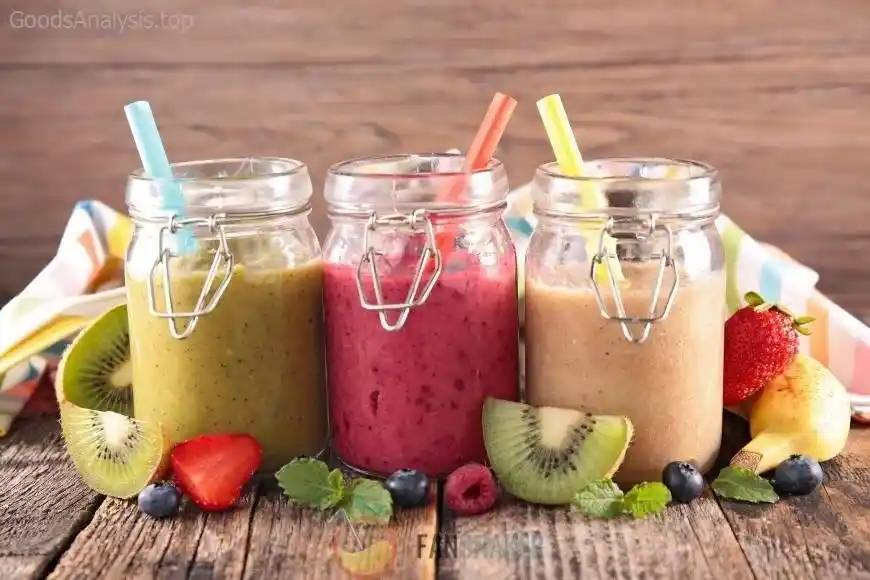
6. Opinions from People Around the World
Here’s what a diverse group of people had to say about their smoothie habits:
- Sarah, 29, USA: “I’ve been making smoothies for years and I love adding spinach and kale. You can’t even taste it, and it’s a great way to sneak in more greens!”
- Carlos, 47, Spain: “Smoothies are a great breakfast for me, especially after a run. I make mine with protein powder and oats, but I make sure not to go overboard with the calories.”
- Amina, 36, Egypt: “In my family, smoothies are more of a snack than a meal. I stick to fruits like mango, bananas, and a little honey, especially when it’s hot outside.”
- Elliott, 54, Canada: “I like my smoothies simple, no extra sweeteners or powders. I go for frozen berries, water, and sometimes a handful of nuts. Keeps things clean and healthy.”
- Leila, 22, India: “For me, a smoothie is a way to use up overripe fruit. I throw in whatever I have, and it’s always delicious! I usually skip the protein powder, though, I prefer the natural sweetness.”
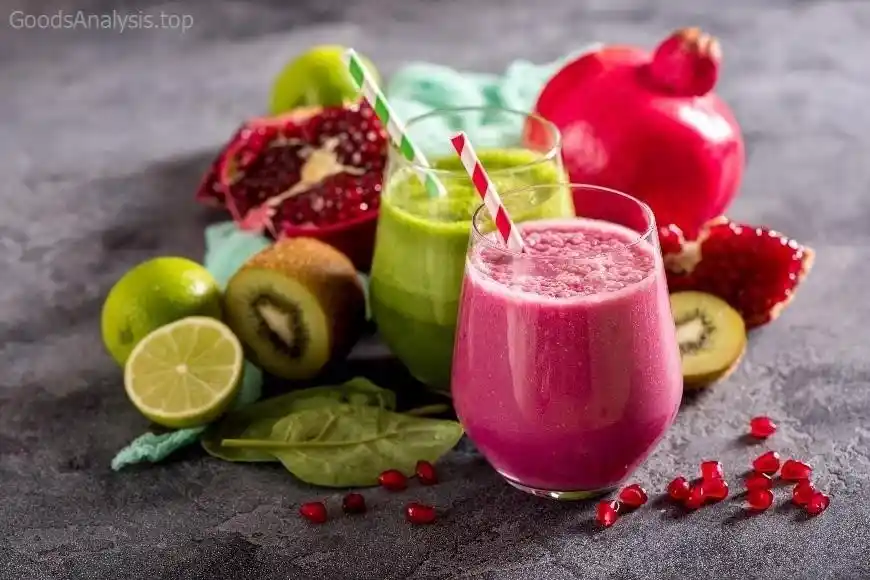
7. Final Thoughts
Making a fruit smoothie is both an art and a science. It’s about balancing taste, texture, and nutrition. While smoothies can be a wonderful way to boost your health, they should be consumed thoughtfully. Avoid the temptation of turning them into sugar bombs or calorie-packed meals by sticking to whole fruits, healthy fats, and proteins.
By paying attention to the ingredients and keeping an eye on portion sizes, you can make smoothies that will nourish your body and delight your taste buds. So grab your blender, and let’s get mixing!









